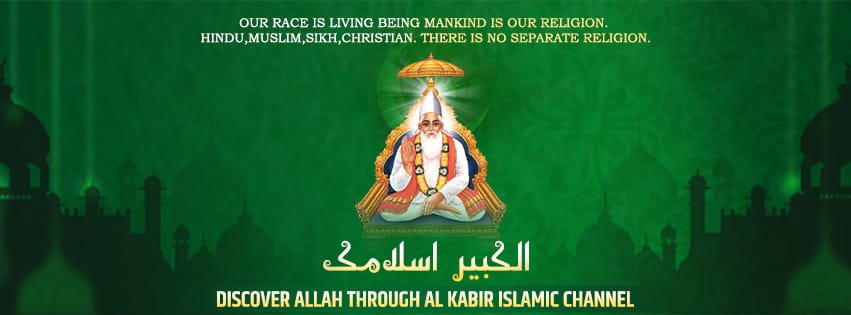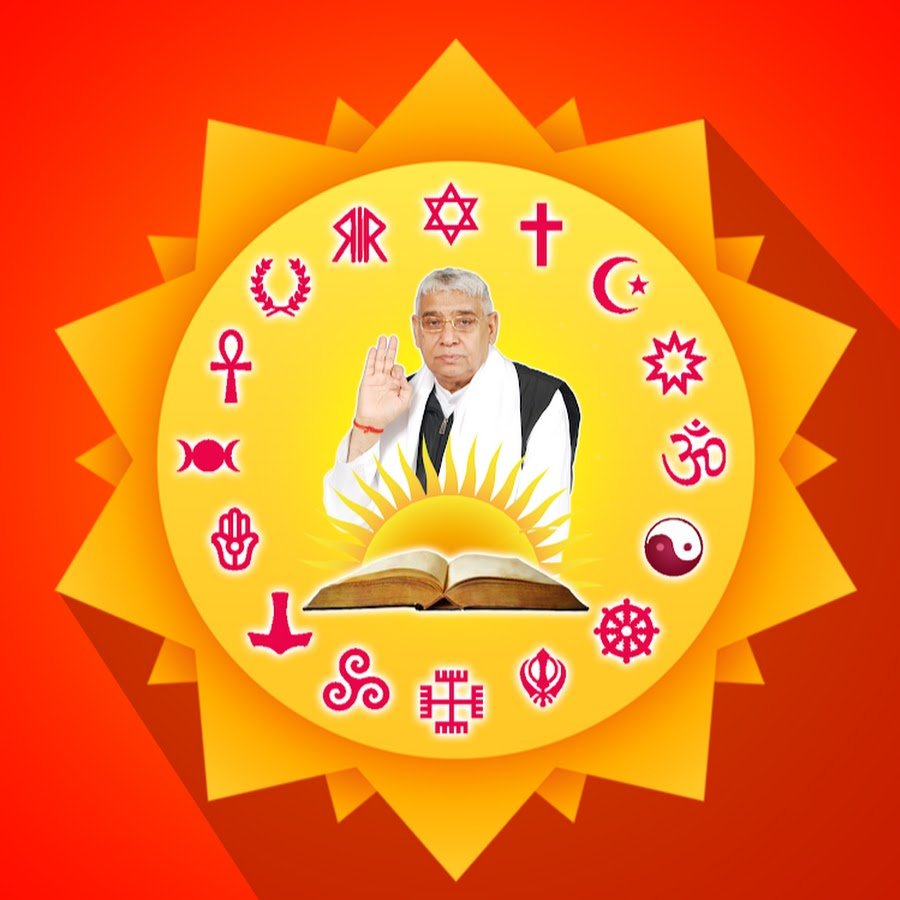Who Was Baba Aadam? The Universal Origin of All Prophets and Religions
In the book “Aao Jain Dharam Ko Janne” by Praveen Chandra Jain, M.A. Shastri, published by Smt. Sunita Jain, Jammudeep, Hastinapur, Meerut (Uttar Pradesh), a fascinating revelation is made: Baba Aadam is not merely a figure in Islamic tradition, but is intrinsically linked to Jain and Sanatan faiths. He is identified as Rishabhdev Ji, the first Tirthankara, who later reappeared as Baba Aadam—marking the beginning of many divine lineages.
Sanatan Dharma: The Eternal Religion
From the time of the Vedas and the Bhagavad Gita, there was only Sanatan Dharma—the original, eternal faith. When the Supreme God incarnates in each era (Yuga), He revives awareness of Aadi Sanatan Dharma. As time passed, Sanatan Dharma evolved and came to be known as Hinduism.
Baba Aadam Emerges from Sanatan Dharma
It is from this original spiritual framework that Baba Aadam emerged. After him came many prophets recognized in Islamic history: Musa Alehis-Salam, Hazrat Musaji, Hazrat Dawood Ji, Hazrat Ibrahim Ji, Hazrat Isaji, and Hazrat Mohammad Ji. All were spiritual descendants of Baba Aadam—serving the same universal message.
Who Was Rishabhdev Ji?
In Jainism, Rishabhdev Ji is the first Tirthankara. He taught Ahimsa (non-violence), Satya (truth), and the path of spiritual purity. He also introduced agriculture, trade, and societal laws. After his soul departed, the same enlightened entity returned on Earth as Baba Aadam—spreading timeless spiritual wisdom.
Baba Aadam as the Providence Behind Religions
The lineage of prophets—Musa, Dawood, Ibrahim, Isa, and Mohammad (PBUH)—all trace their origin to the spiritual legacy of Baba Aadam, who taught the principles of the Supreme God. This explains how multiple religions can share similar ethical teachings despite differing rituals and cultures.
Islamic Recognition vs. Jain Understanding
While Islam firmly holds that Baba Aadam (Adam) was the first man and prophet, Jain texts reveal much more—he was the spiritual ancestor of humanity. These two views complement one another: the Islamic view acknowledges the first prophet, while Jain philosophy unveils his earlier incarnation as Rishabhdev Ji.
Spiritual Family Tree from Sanatan to Islam
Sanatan Dharma → Rishabhdev Ji (Baba Aadam) → Lineage of Prophets → World Religions
This continuity shows that all religions share a single divine origin, rooted in one Supreme Messenger—sent in different forms across eras.
Relevance of This Truth Today
- Understanding this lineage fosters interfaith respect.
- It clarifies that no religion stands alone; all are branches of the same spiritual tree.
- It invites seekers to look beyond ritual and see the universal message at the heart of all faiths.
Why the Misunderstanding Persists
The identity of Baba Aadam has been simplified or obscured over millennia. Most only see him as Adam from the Quran/Bible. Very few trace his deeper soul history as revealed in Jainism and Sanatan philosophy. This narrow view blocks humanity from embracing its shared spiritual root.
The Role of Tatvadarshi Saints
The Quran itself—Surat Al-Furqan 25:59—tells believers to ask a “Bakhabar” (well-informed, enlightened saint) about the true identity of Allah. Similarly, eternal traditions like Jain and Sanatan Dharma have always relied on spiritual teachers to reveal cosmic truths. Whether called Rishabhdev Ji or Baba Aadam, the enlightened Saint explains the real nature of the Supreme God.
Common Supreme God: Kabir / Allah
Whether you call Him Rishibhdev-Pandit in the Vedas, Kabir in the Quran, or Allah in Islam, there is one Supreme God behind all revelations. Baba Aadam, Rishabhdev Ji, Prophet Mohammad—all are messengers sent from the same Source.
Conclusion: One Divine Lineage
Baba Aadam is the universal ancestor of all spiritual lineages. Known as Rishabhdev Ji in Jainism, he also appears in Islamic lineage as Adam. Recognizing this shared origin helps bridge religious divides, affirming humanity’s unity under one Supreme God who lovingly sends His messengers across time.
Let this resonant truth—one spiritual root, many branches—awaken hearts and inspire unity, knowledge, and peace across all world religions.







